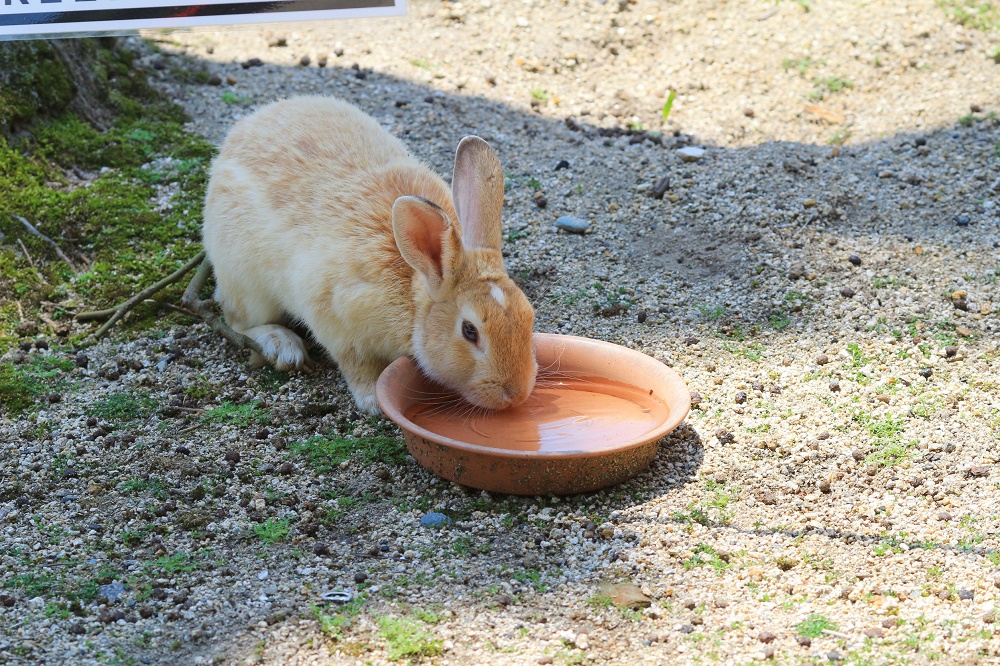Hiroshima, Japan Feb. 22 Sat 6:46AM
Many people with plans to travel to Japan are often interested in visiting the animal cafes, as well as the zoos and aquariums, as an added activity to their vacation itinerary. The cat islands of Japan are gaining popularity as a must-visit location, and animal lovers are visiting these islands to get their dose of animals, as well as some efforts to take care of these small inhabitants in ways they are able.
Not as many people however know about Okunoshima. This small island of Hiroshima Prefecture isn't known for cats, but for animals a bit more hoppy and floppy. That's right! Okunoshima also known as 'rabbit island' is inhabited with hundreds, er thousands, of wild rabbits!
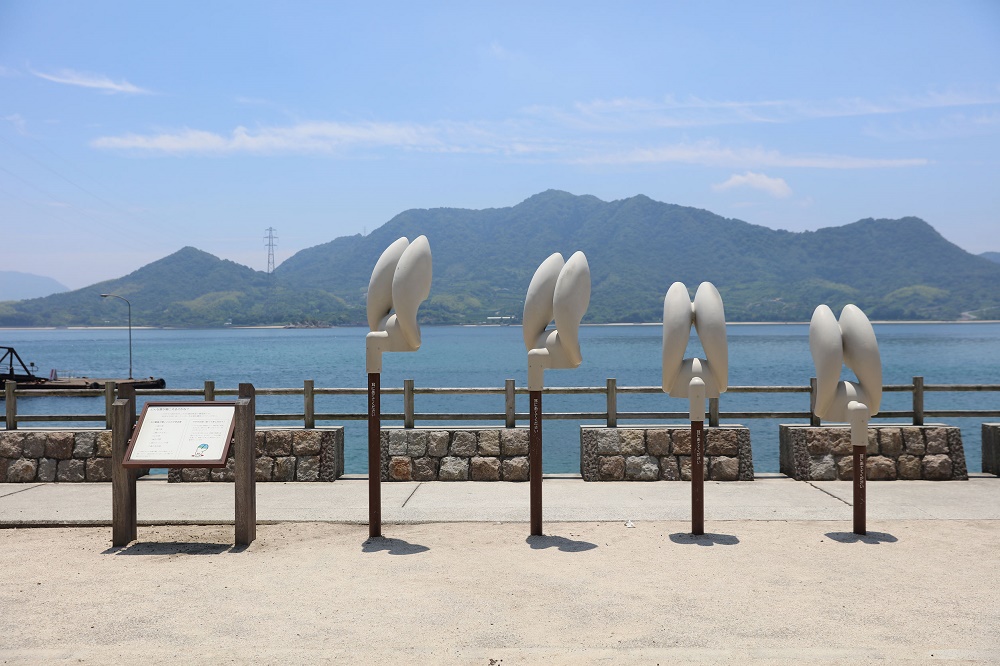
The History of the Rabbits
There are many rumors as to how the rabbits came to be on the island, but the popular consensus and often retold story is that the rabbits were once used in labs, but some were eventually released onto the island or abandoned, and they reproduced to the volumes they are today. Other sources report that some people brought six other rabbits onto the island which was responsible for the boom in population. In addition to that, the rabbit has no known predators on the island (with the exception of birds that may fly from outside) and hunting was banned so their populations thrived.
Today visitors come to the island for the rabbits. Visitors are allowed to touch and feed the rabbits, as well as take adorable photos with them. However, there are certain rules in place to protect the well-being of the rabbits that visitors will need to be mindful of.
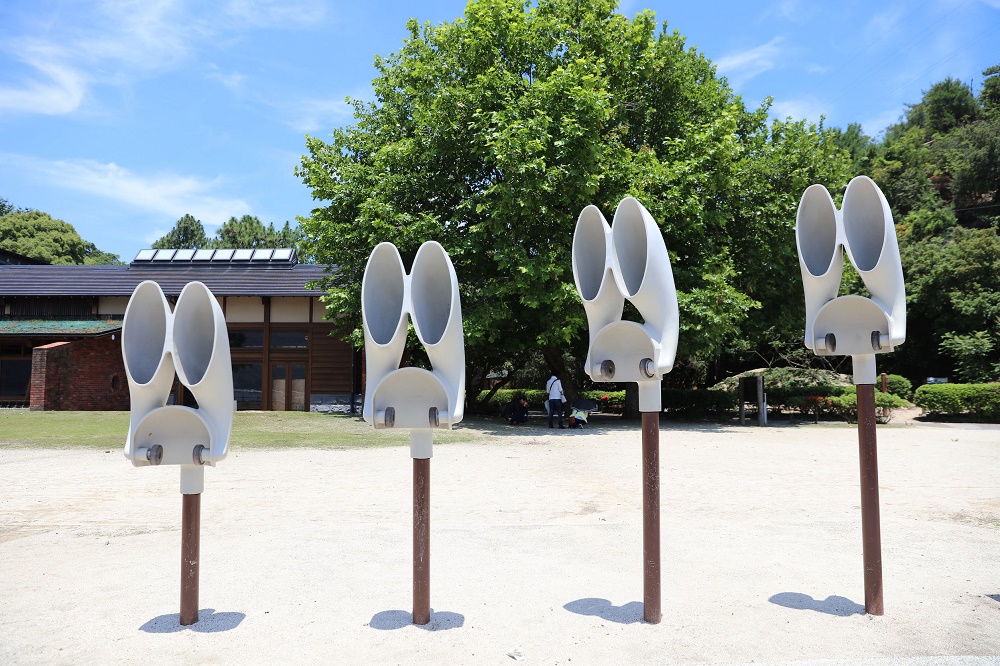
The History of Rabbit Island
The rabbits are just one facet of the island - the island also harbors a much darker past that is important to remember as well. The island used to be a secret military facility for the testing as well as the creation of poisonous gases such as mustard gas. Such chemical weapons created here were used during war times and resulted in tragedy. On the island today, you can see remnants of this facility as it has been turned into a museum. The museum is small and most signs and information are in Japanese, but there are also some signs in English that explain the museum. It serves as contrast to the museum in Hiroshima City, but still highlights the importance of peace. This facility is also believed to be where the rabbits were tested on, although people debate whether this was the reason for the origins of the animals.
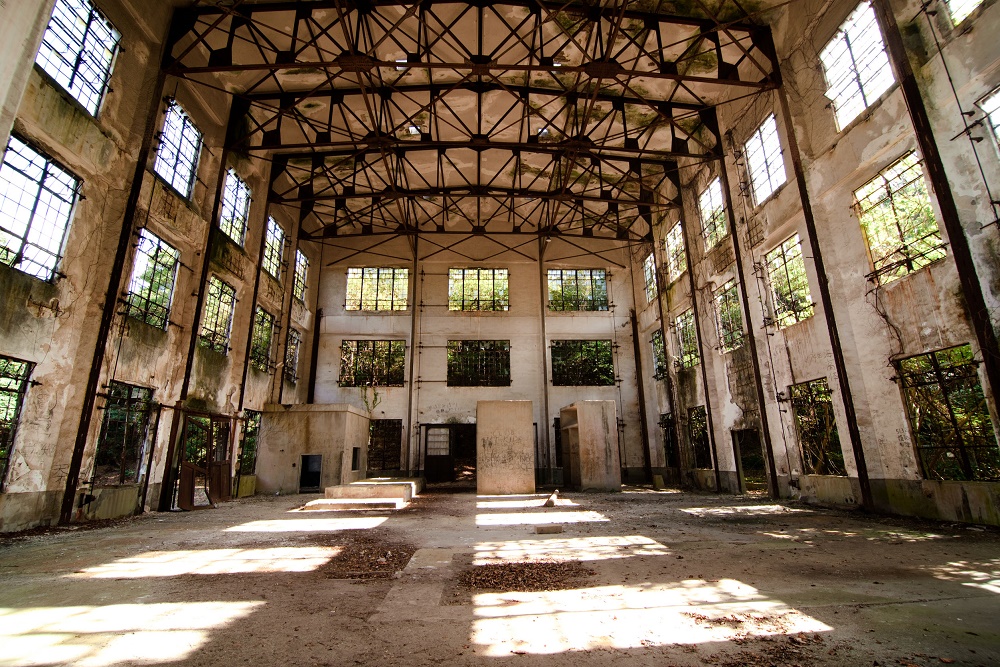
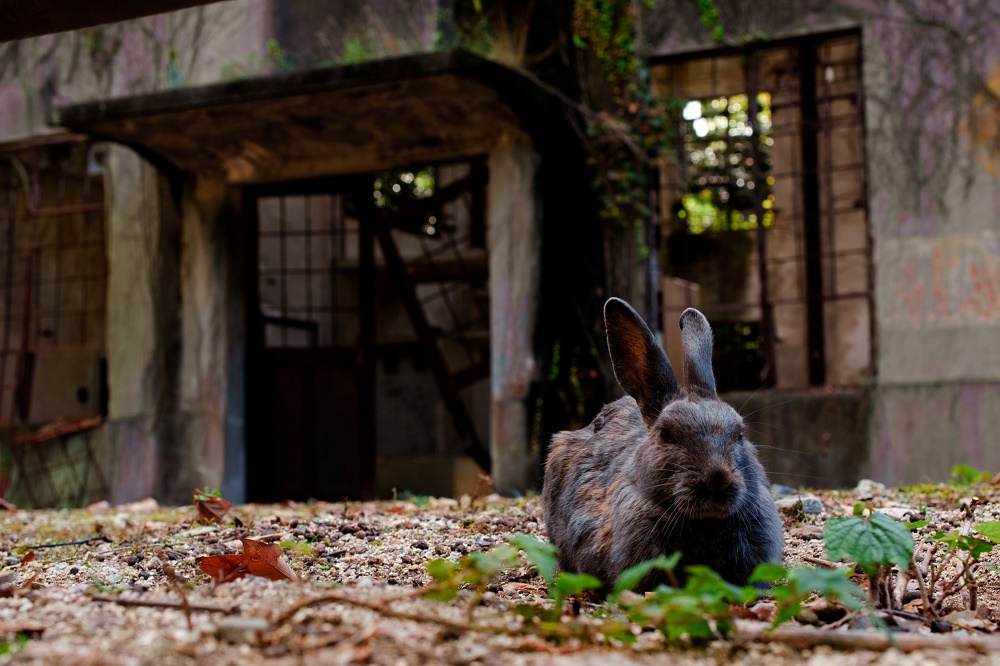
The Juxtaposition of the Impacts of Visitors to the Island
Of course there are also certain issues that come into play. For one, the population of the rabbits continue to grow, but the vegetation available on the island does not really. Due to the large population of rabbits, many of them depend on the visitors to feed them and give them water, so it's not the most sustainable environment for the animals. On good weather days, visitors flock to the island bearing food and water for them, and on colder days, the wild rabbits don't see much food at all. Instead, they must rely on what is available on the island, which is scare in proportion to the amount of rabbits. That being said, visitors are an important part of keeping the rabbits alive on the island. It's important to do it as responsibly as you can for the welfare of the animals, and that includes bringing foods that rabbits are actually able to digest. When in doubt, it's best to shell out a few dollars and purchase food that is sold at the ferry stop just before boarding that takes you to the island.
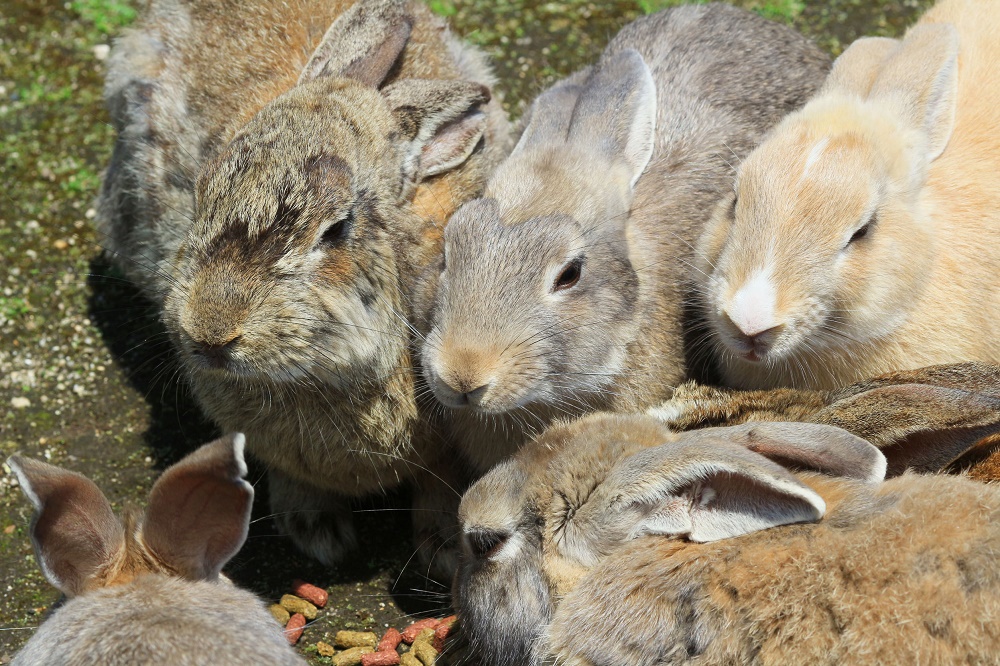
Of course, it's hard not to see the draw of such an adorable place that is Okunoshima. The cute rabbits with their twitchy noses and curious faces are just too much to resist. However, their cuteness is more than just a photo opportunity, and it's important to be aware of certain rules and information for the well-being of the rabbits. Okunoshima is amazing for animal lovers, and the history of the place is interesting and important.
